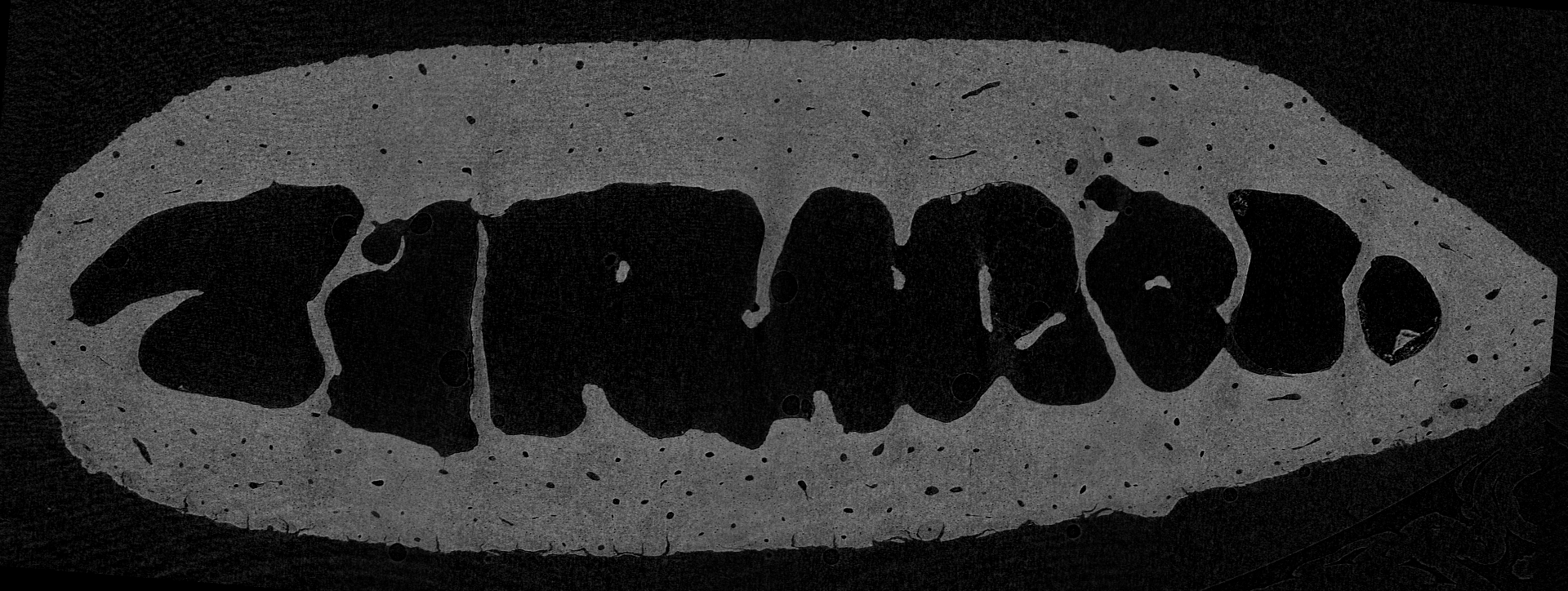Edinburgh Unit for Forensic Anthropology
RESEARCH GROUP AT THE UNIVERSITY OF EDINBURGH

Cross sectional and surface histology Workshop: An application of Anthropological methods.
 Histology workshop 2011.jpgPractical session on microscopic observation by R. Paine |  Practical session 2011.JPG |  Practical session 2011.JPG |
|---|---|---|
 Drawing osteons in 2011.JPG |  Dog tibia.jpg |  Practical session 2012.JPG |
 High resolution casts.JPG |  photo (3).JPG |  Animal vs Human bone lab.JPG |
 Osteons.jpgBone microstructure under polarised light |  Age estimation lab.JPG |  Histology workshop 2012.jpg |
Workshop hosted by the School of History, Classics and Archaeology on March every year since 2011
The objective of this workshop is to provide the theoretical background of bone histology and the information that can be gained from histological cross-sectional and surface histology as well as dental histology in Forensic Anthropology, Osteoarchaeology, Skeletal Growth and Human Evolution.
Participants are taught basic principles of bone biology, histology and micro-anatomy, cellular structure, bone formation and repair and the effect of factors such as age and diet in bony structure. The hands-on practical sessions includes training in electron and reflected-light microscopy, recognition of bony microstructure, quantification of histological structures such as haversian systems, secondary osteons, osteo population densities etc.
In 2011 the workshop was organised for the first time in 2011 funded by the University of Edinburgh Innovation Initiative Grant.
The 2015 Workshop
The workshop wil be held on March 19-20, 2015 at the School of History Classics and Archaeology of the University of Edinburgh.
The participants will be taught the following:
1.PREPARATION OF BONE THIN SECTIONS
Lecture (Tutor: R. Paine)
-
Embedding bone sections
-
Cutting thin sections
-
Grinding bone
d. Mounting thin sections on to microscope slides
2. A HISTOLOGICAL DETERMINATION OF HUMAN
vs NON-HUMAN BONE
Lecture and lab (Tutor: R. Paine)
I. The human histological pattern
-
Primary lamellar bone patterns
-
Distribution and size of secondary osteons and fragments
II. Non-human
-
The human pattern
-
Structural size differences of secondary osteons
-
Banding pattern of primary osteons
3. HISTOLOGICAL AGE-AT-DEATH ESTIMATIONS
Lecture and lab (Tutor: R. Paine)
Grid factor
Osteon and fragment counts (OPD measures)
Age estimation formulae
Kerley 1965
Stout & Paine 1992
4. INDICATOR OF HEALTH: AN ASSESSMENT OF
SECONDARY OSTEONS FOUND IN HUMAN RIBS.
Lecture and lab (Tutor: R. Paine)
Non-specific general malnutrition: Rib data from
Raymond Dart skeletal collection,
20th century Black South Africans.
-
Secondary osteon area
-
Haversian canal area
-
Cortical area
-
Cortical thickness
-
Secondary osteon area/cortical area
-
OPD, osteon population densities
Implications for histological assessment and age related estimation suggest that remains from malnourished individuals will be greatly underestimated when using the Stout and Paine (1992) formula.
logAge= 2.434 + 0.050877(rib OPD)
5. METHODS AND TOOLS IN HISTOLOGY OF BONE SURFACES
Lecture and lab (Tutor: E. Kranioti)
-
High resolution cast preparation
-
Reflected Electron Microscopy and Scanning Electron Microscopy
-
Recognition of formation and resorption under microscopic observation
-
Patterns interpretation of growth and human evolution
6.DENTAL HISTOLOGY AND FORENSIC APPLICATIONS
Lecture (Tutor:J. Gomez)
-
Enamel based methods
-
Dentine based methods
-
Cementun based methods
Deadline for registration is March 15th, 2015
Tuition fees: £300
Available places: 20
For further information please contact:
Julieta Gómez García-Donas (julietagomezgd@gmail.com)
Click here to donwload the registration form
*There are two free places available for students.
Interested candidates should submit a short CV and a letter highlighting their interest for the workshop to Julieta Gómez García-Donas (julietagomezgd@gmail.com) along with the registration form.

Figure 1-Dense Haversian bone tissue in Humans
Figure 2-Resorption lacunae around secondary osteons in pig long bones (X200)

Figure 3. 45-year-old individual with Pellagra from the Dart collection.


Figure 3. Female mandible 2,5-years old under Reflected Light Microscope.
 |  |  |
|---|


